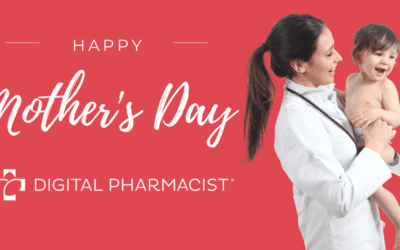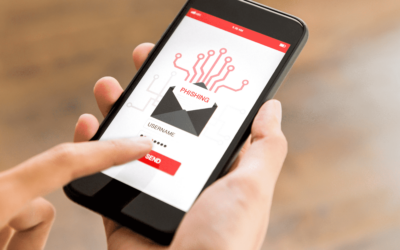Nonadherence costs the US healthcare system between $100 and 300 million annually, according to multiple studies. Improving medication adherence is key to boosting pharmacies’ performance and health plan star ratings – and thus lowering their DIR fees.
Star Ratings & DIR Fees
DIR fees represent a growing issue with unpredictable and arbitrary costs that eat into reimbursement rates, shrink profit margins, and result in patients paying more for their prescriptions.
Between 2010 and 2020, CMS reported (§ 423.100) that retroactive DIR fees increased by an astonishing 107,400%.
From network participation and performance or compliance fees to administrative costs, these “pay to play” reductions are often difficult to counter or prepare for. DIR fees represent a growing issue with unpredictable and arbitrary costs that eat into reimbursement rates, shrink profit margins, and result in patients paying more for their prescriptions.
For more information on DIR fees and strategies and tools to help increase your profit margins and drive additional revenue to offset fees, be sure to check out our eBook.
In 2008, the Center for Medicare & Medicaid Services (CMS) created the Five-Star Rating System, also referred to as Star Ratings, to evaluate health plans for service quality, patient care, and medication adherence. CMS applies Star Ratings at the plan level, which in turn create performance metrics for their pharmacy network. The pharmacy’s performance in those metrics can determine its DIR formula.
Pharmacy Performance Metrics
- Medication Adherence: Non-adherence to three chronic disease categories — oral diabetes medications, statins for cholesterol, and hypertension medications — impacts a pharmacy’s adherence score.
- Medication Safety: This is evaluated based on the appropriate use of high-risk medications in the elderly, and the type of blood pressure medication used by patients with diabetes.
- Medication Therapy Management (MTM): A part D sponsor must offer Medication Therapy Management that meets MTM program requirements. In short, MTM programs require coordination between patients, pharmacists, and other healthcare providers to ensure the proper use of medications and prevent any inappropriately treated conditions.
- Statin Use in Persons with Diabetes (SUPD) – The SUPD measure was created to determine the proportion of patients with diabetes receiving statin therapy. To comply, pharmacies need to coordinate with doctors to get statins prescribed to patients with diabetes.
While this system is not used to rate pharmacies directly, their performance in these clinical categories affects plan providers’ star ratings. By prioritizing adherence, pharmacies are more likely to be added to health plan networks and increase their patient base.
Ways to Improve Medication Adherence
There are many ways to improve medication adherence, but here are a few of the main things you want to consider doing to help your patients be more adherent:
1) Offer Digital Refills
Offering refills online turns a trip to the pharmacy or time waiting on the phone into a simple process that takes just a few minutes. For maximum convenience, give patients multiple options for prescription fulfillment or retrieval. Adding a refill request option to your website can also help automate your business and attract new patients.
2) Provide a Delivery Service
With more and more online and mail-order pharmacies popping up, delivery options are becoming more of an expectation for patients. Without that convenience, patients are more likely to become non-adherent simply because getting their medications is considered a hassle.
3) Provide Medication Therapy Management (MTM)
A great way to dig deeper into your patients’ specific needs is to set up an MTM call or in-person meeting with them. This allows you to gain a better understanding of their medication usage and provide personalized recommendations to help them remain adherent.
4) Synchronize Medications & Use the Appointment-Based Model (ABM)
Giving patients the option to enroll in the ABM and have a designated day to pick up all their medications each month can make their lives more convenient while also making your pharmacy workflow more efficient. This allows pharmacy teams to align with a synchronized schedule rather than retroactively filling prescriptions.
5) Send Call/Text Refill & Pickup Reminders
Promote medication adherence with refill reminders and notifications. This can be done in a variety of ways, from email or messaging to an automated IVR call or voicemail.
6) Communicate Securely & Efficiently
Our HIPAA-compliant 2-way messaging offers a secure point of contact between you and your patients. You can increase adherence by simplifying communication, making it easy to share protected information like insurance cards and Rx numbers. Our clients have found that patients appreciate connecting with their pharmacists on a user-friendly platform
7) Provide Patient Education
Make information on diabetes, hypertension, and high cholesterol readily available, and consider offering wellness classes for further education. You might also want to send patient education videos via text message so patients have access to information about their prescriptions available on-demand.
Want to improve your pharmacy’s performance? Get in touch to learn how Digital Pharmacist can help you transform your business or request your software demo today.


